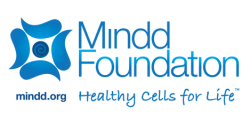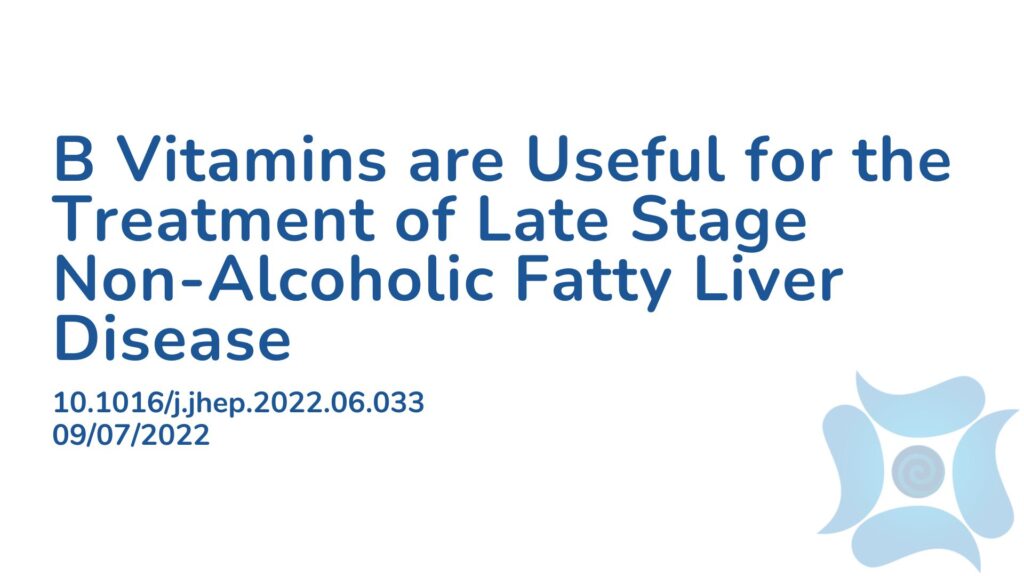Summary: Background and Aims: The relationship between hyperhomocysteinemia (HHcy) and non-alcoholic steatohepatitis (NASH) is poorly understood. Methods: We examined the effects of HHcy on NASH progression, metabolism, and autophagy in dietary and genetic mouse models, patients, and primates. We employed vitamin B12 (B12) and folate (Fol) to reverse NASH features in mice and cell culture. Results: Serum homocysteine (Hcy) correlated with hepatic inflammation and fibrosis in NASH. Elevated hepatic Hcy induced and exacerbated NASH. Gene expression of hepatic Hcy-metabolizing enzymes was down-regulated in NASH. Surprisingly, we found increased homocysteinylation (Hcy-lation) and ubiquitination of multiple hepatic proteins in NASH including the key autophagosome/lysosome fusion protein, Syntaxin 17 (Stx17). This protein was Hcy-lated and ubiquitinated, and its degradation led to autophagy block. Genetic manipulation of Stx17 revealed its critical role in regulating autophagy, inflammation and fibrosis during HHcy. Remarkably, dietary B12/Fol, which promotes enzymatic conversion of homocysteine to methionine, decreased HHcy and hepatic Hcy-lated protein levels, restored Stx17 expression and autophagy, stimulated β-oxidation of fatty acids, and improved hepatic histology in mice with pre-established NASH. Conclusions: HHcy plays a key role in the pathogenesis of NASH via Stx17 homocysteinylation. B12/folate also may represent a novel first-line therapy for NASH.
Abstract:
Background and Aims: The relationship between hyperhomocysteinemia (HHcy) and non-alcoholic steatohepatitis (NASH) is poorly understood. Methods: We examined the effects of HHcy on NASH progression, metabolism, and autophagy in dietary and genetic mouse models, patients, and primates. We employed vitamin B12 (B12) and folate (Fol) to reverse NASH features in mice and cell culture. Results: Serum homocysteine (Hcy) correlated with hepatic inflammation and fibrosis in NASH. Elevated hepatic Hcy induced and exacerbated NASH. Gene expression of hepatic Hcy-metabolizing enzymes was down-regulated in NASH. Surprisingly, we found increased homocysteinylation (Hcy-lation) and ubiquitination of multiple hepatic proteins in NASH including the key autophagosome/lysosome fusion protein, Syntaxin 17 (Stx17). This protein was Hcy-lated and ubiquitinated, and its degradation led to autophagy block. Genetic manipulation of Stx17 revealed its critical role in regulating autophagy, inflammation and fibrosis during HHcy. Remarkably, dietary B12/Fol, which promotes enzymatic conversion of homocysteine to methionine, decreased HHcy and hepatic Hcy-lated protein levels, restored Stx17 expression and autophagy, stimulated β-oxidation of fatty acids, and improved hepatic histology in mice with pre-established NASH. Conclusions: HHcy plays a key role in the pathogenesis of NASH via Stx17 homocysteinylation. B12/folate also may represent a novel first-line therapy for NASH.
Article Publication Date: 09/07/2022
DOI: 10.1016/j.jhep.2022.06.033



